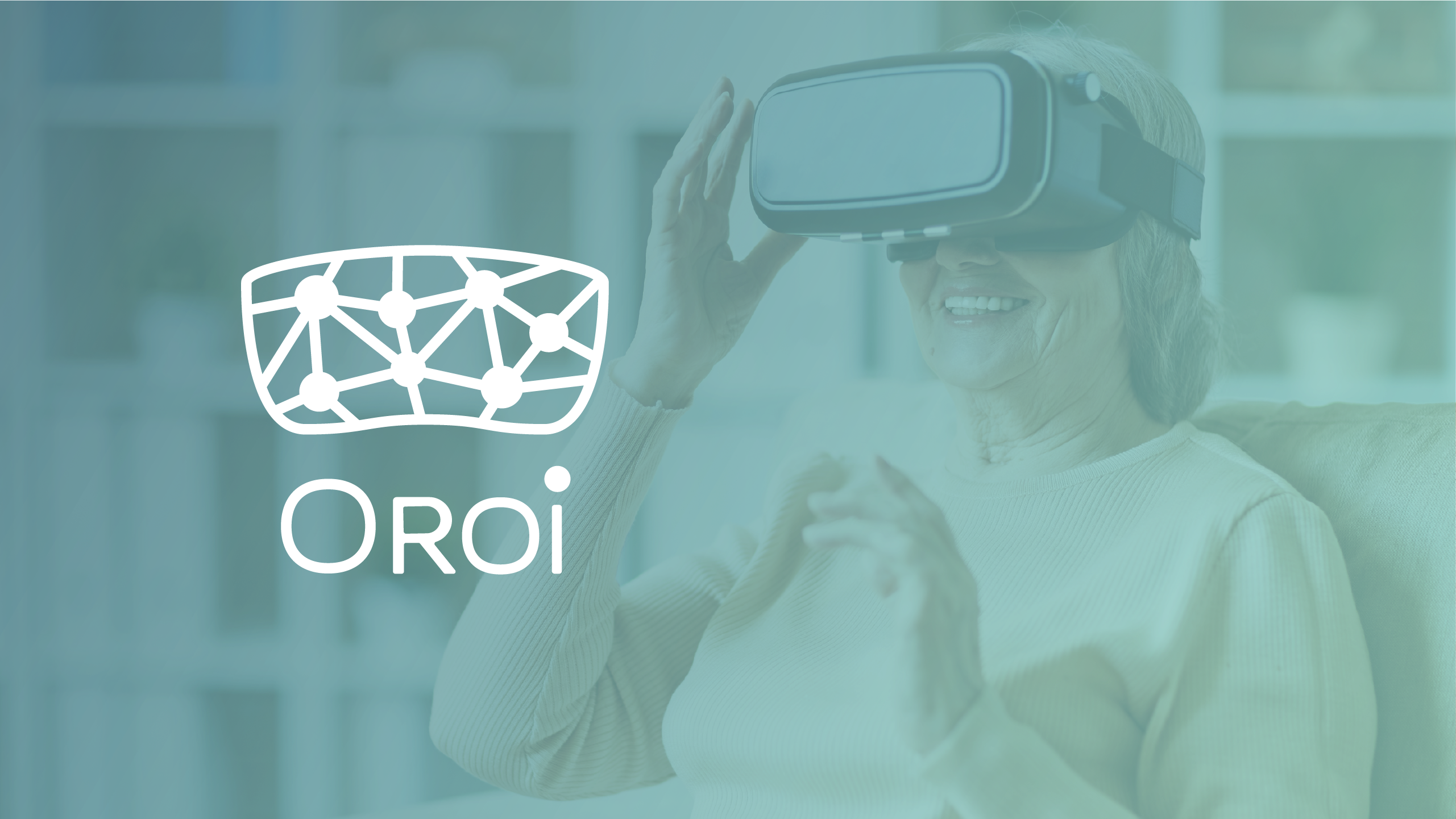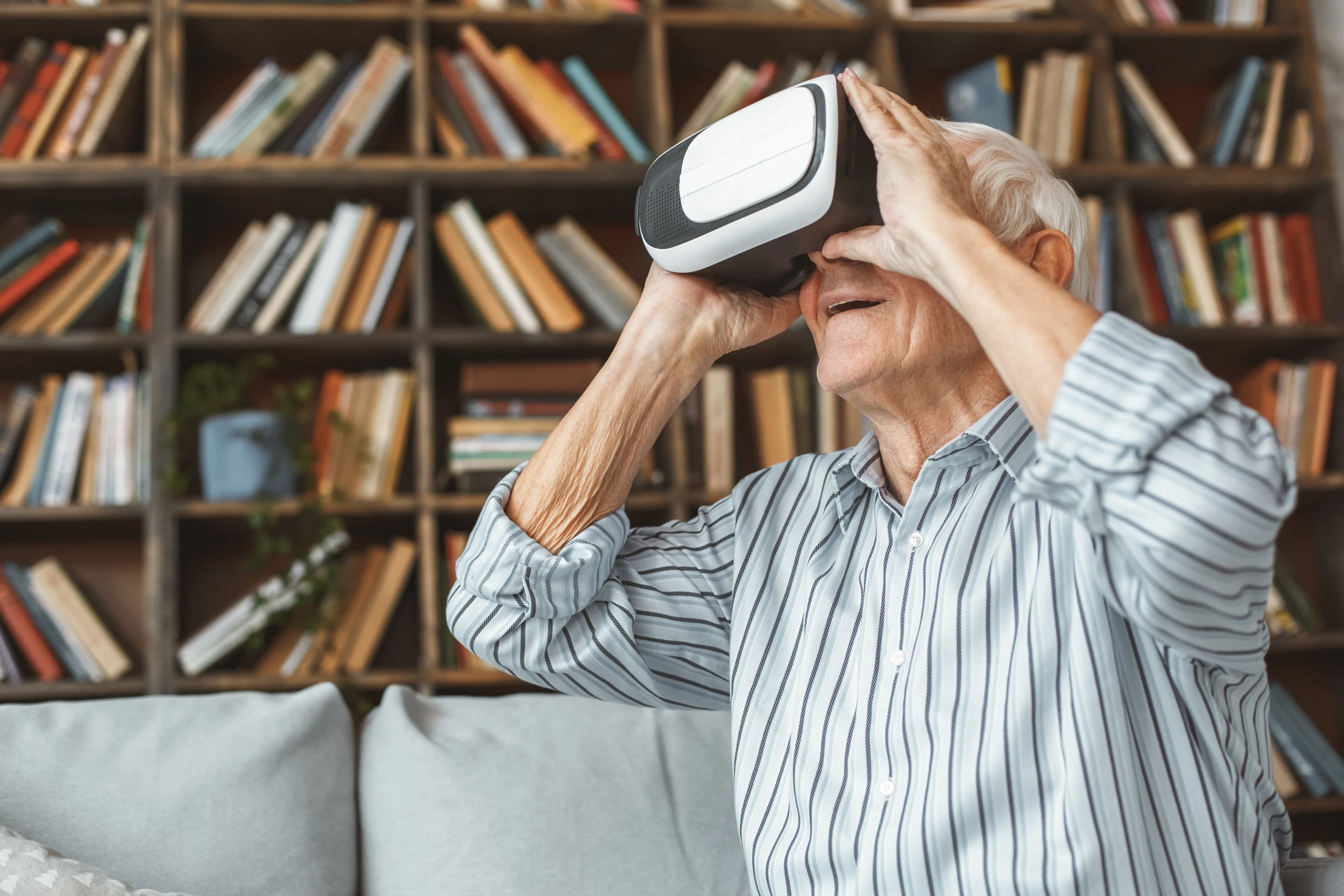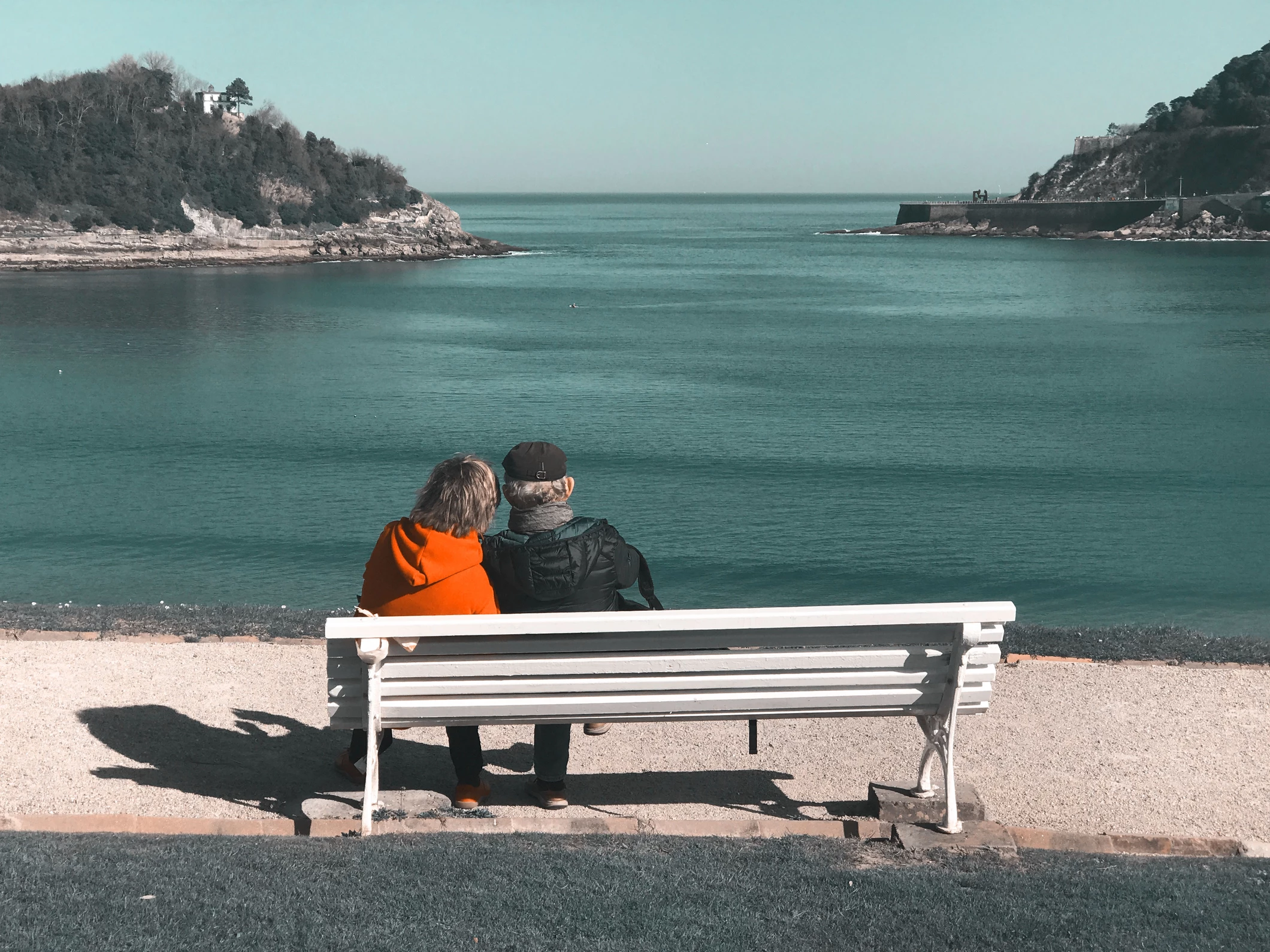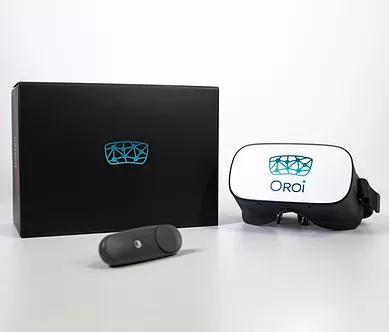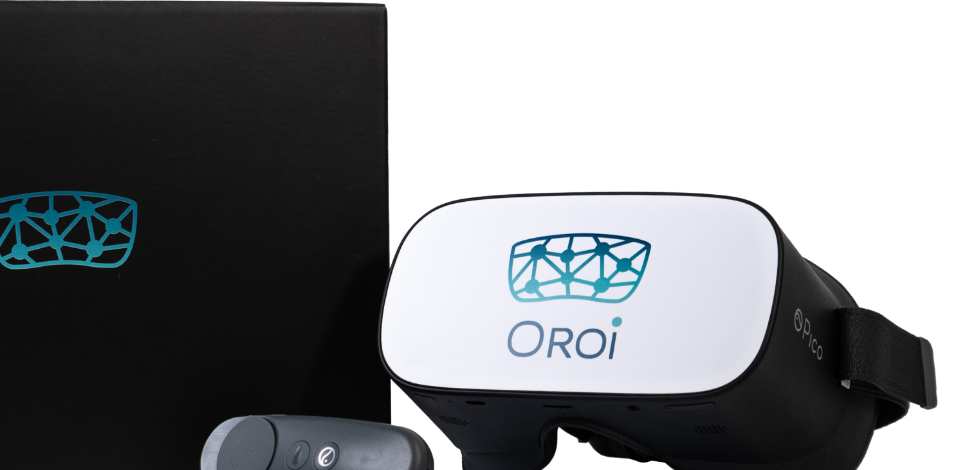News
Mirror neurons, virtual reality and basic activities of daily life
Adriana Gómez - - 3 Min.
We have already spoken on many occasions about the infinite advantages of virtual reality for therapies (reminiscence, wellbeing, cognitive stimulation...), but what are mirror neurons and how do they relate to virtual reality and basic activities of daily life?
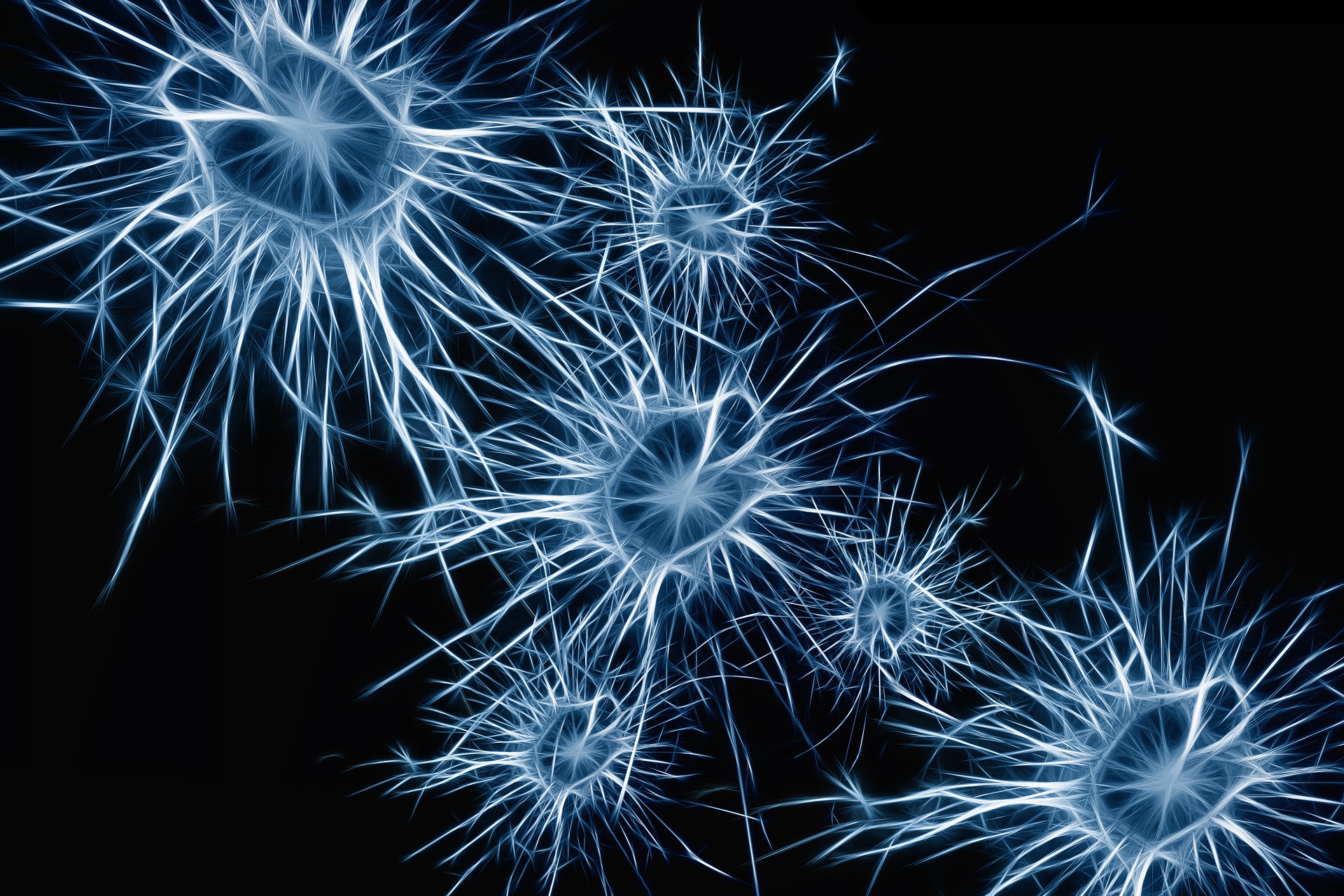
Mirror neurons, virtual reality and basic activities of daily life
Mirror neurons were discovered by a team of scientists led by Giacomo Rizzolatti [1]. Using neuroimaging techniques, it has been observed that these neurons are activated both when the individual performs an action and when they see another person perform it [2]. The simple observation of hand, foot or mouth movements activates the same specific regions of the motor cortex, as if the observer were performing those same movements [2].
In this way, the simple visualisation of an action is presented as a good starting point for rehabilitative therapy.
In the case of patients who have suffered a stroke, it has been shown that motor rehabilitation has a faster positive effect on those patients who have been presented with images of the corresponding movements before each exercise session. Therefore, mental simulation facilitates the recovery of motor skills [2; 3].
But what about virtual reality?
Just watching a video of how another person performs a movement is already stimulating, in the case of virtual reality, as we have mentioned in previous posts, its immersive capacity and realism give it a very interesting added value.
Virtual reality-based therapy has a functional, concrete and stimulating context for patients, bringing a direct benefit to both the patient and the therapist due to the adaptability of these systems [4]. This is why some scientists have included it in their therapies [5], obtaining very positive results.
An example of mobility rehabilitation through virtual reality has been seen in patients with hemiplegia, who receive a visual illusion that their hemiplegic limb is moving normally [5].
Due to the ease that visualising the movements to perform a specific action provides for rehabilitation, it is particularly interesting to apply this work method to rehabilitate basic activities of daily living (BADL). These are activities that are performed on a daily basis and are so important for promoting people's independence.
The results obtained in studies in which rehabilitation therapy is carried out using virtual reality suggest that, in the case of BADLs, virtual reality could also be a tool that favours positive results, providing greater speed and quality in the learning of these activities. Seeing the different steps and movements required for each activity in a more immersive way would make it easier to internalise and reproduce these activities.
In short, virtual reality allows us to create different scenarios and adapt them to the patient's needs, thus obtaining an immersive, realistic and customisable work tool. Learning through virtual reality glasses is always more generalisable than through other tools, especially when the objective is to work on the execution of a specific task.
Therefore, this tool seems to be effective for the stimulation of mirror neurons, so that exercises for motor rehabilitation or basic activities of daily living, among others, can be worked on in a deeper and more generalisable way.
References
1. Rizzolatti, G., Fabri-Destro, M., Catteneo, L. (2009). Mirror neurons and their clinical relevance. Nature clinical practice 5(1): 24-34.
2. García, E. (2008). Neuropsicología y educación. De las neuronas espejo a la teoría de la mente. Revista de psicología y educación, 1(3): 69-90.
3. Sallés, L., Gironès, X., Lafuente, J.V. (2015). The motor organization of cerebral cortex and the role of the mirror neuron system. Clinical impact for rehabilitation. Medicina clínica 144(1): 30-34.
4. Moreno, F., Ojeda, F., Ramírez, E., Mena, C., Rodríguez, O. (2013). Un framework para la rehabilitación física en miembros superiores con realidad virtual. Concisa: 77-84.
5. Zhang, J.J.Q., Fong, K.N.K., Welage, N., Liu, P.Y. (2018). The activation of the mirror neuron system during action observation and action execution with mirror visual feedback in stroke: a systematic review. Hindawi.

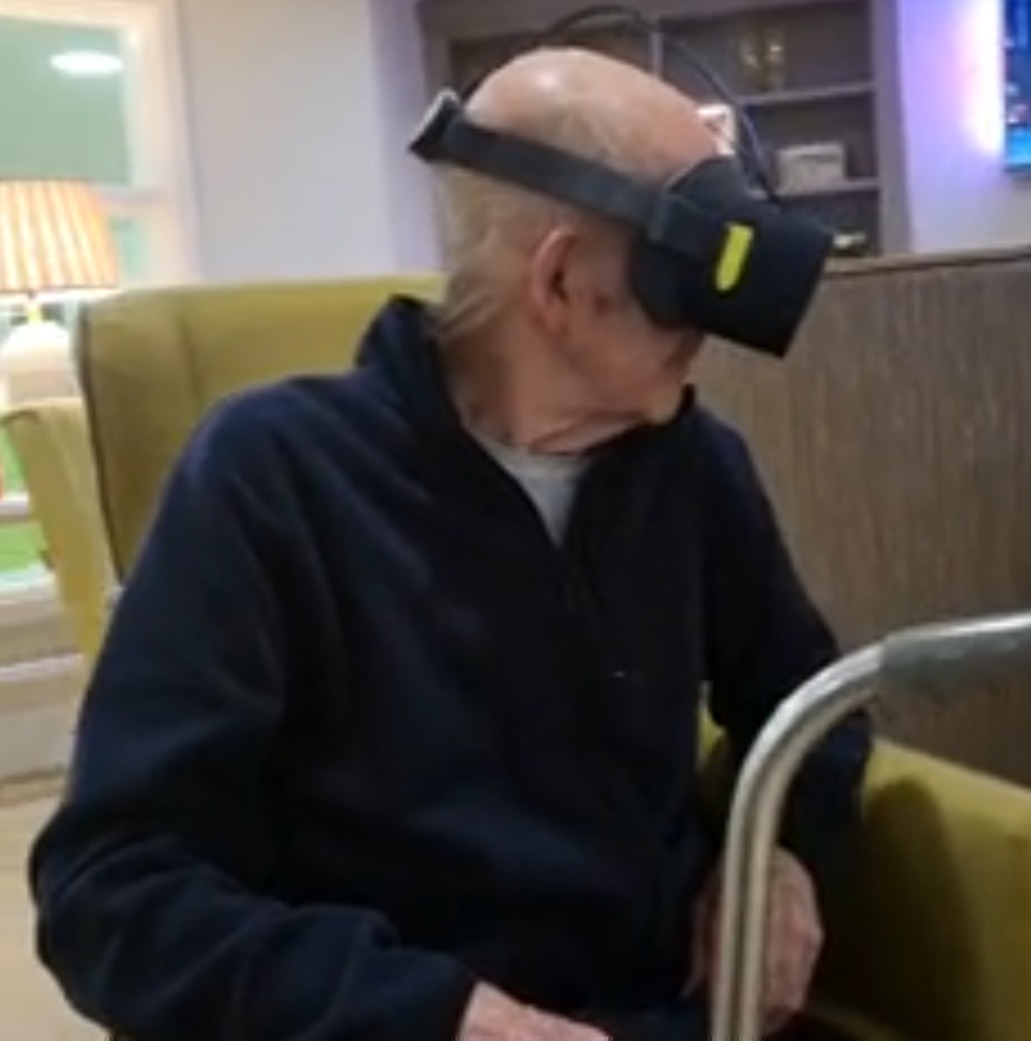
News
Retired ship engineer Ian rekindles his love of the sea during a virtual reality tour with Oroi

News
VR Elderly care Company, OROI, Appoints Linda Hypky as Marketing and Sales Manager in Germany
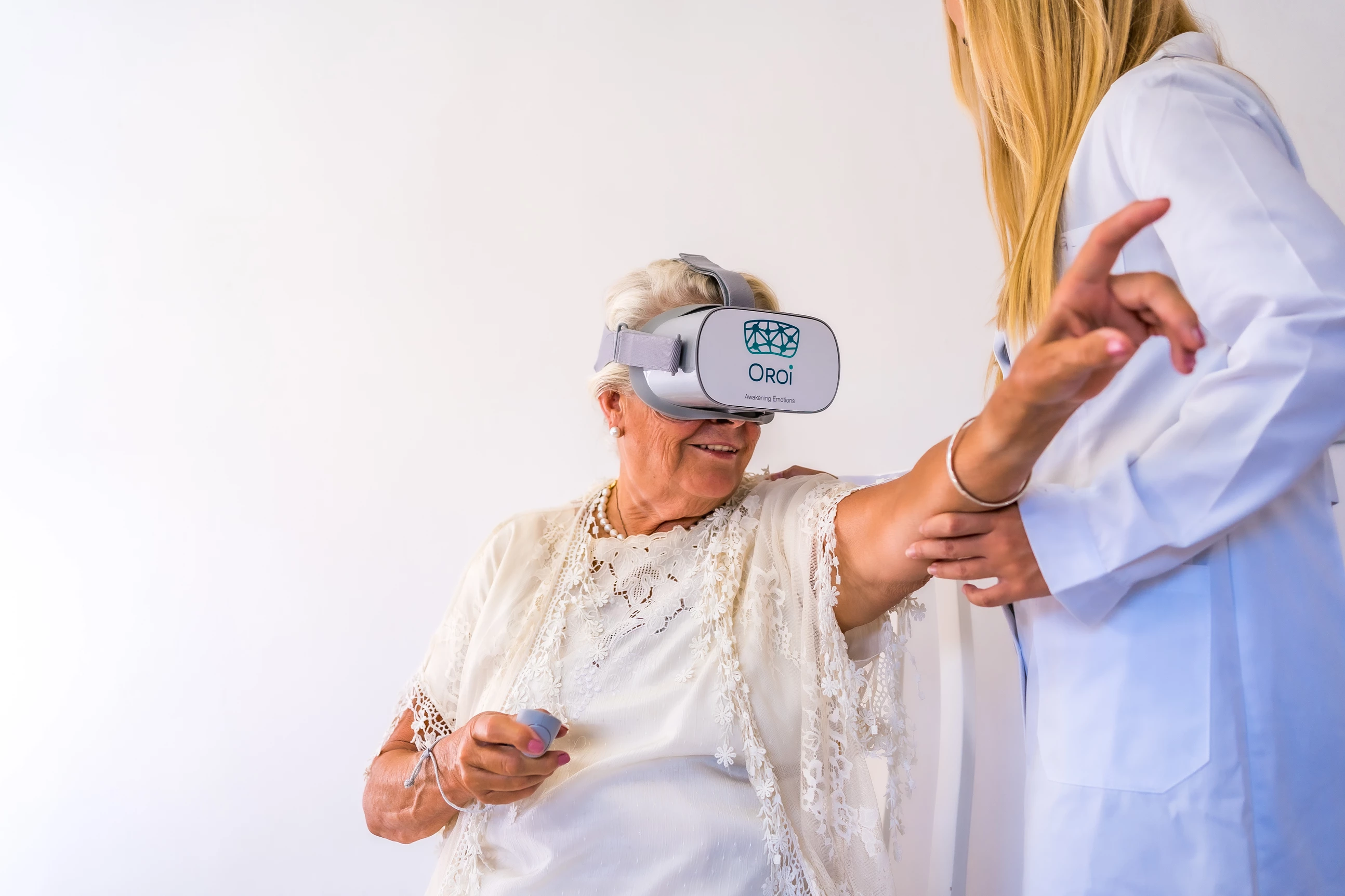
News
Its use started with computer games and is now an important part of the medicine and care sector- VR

